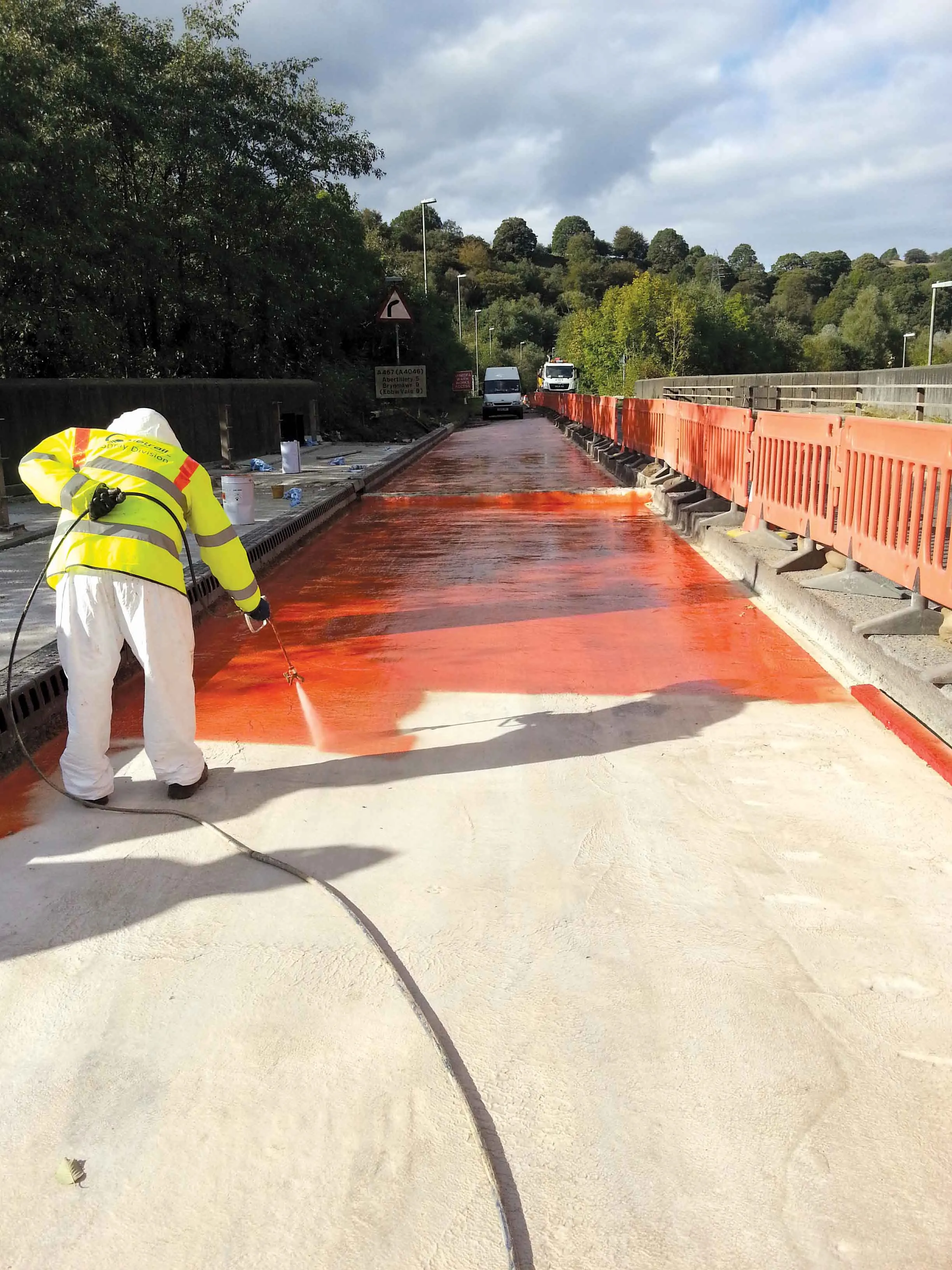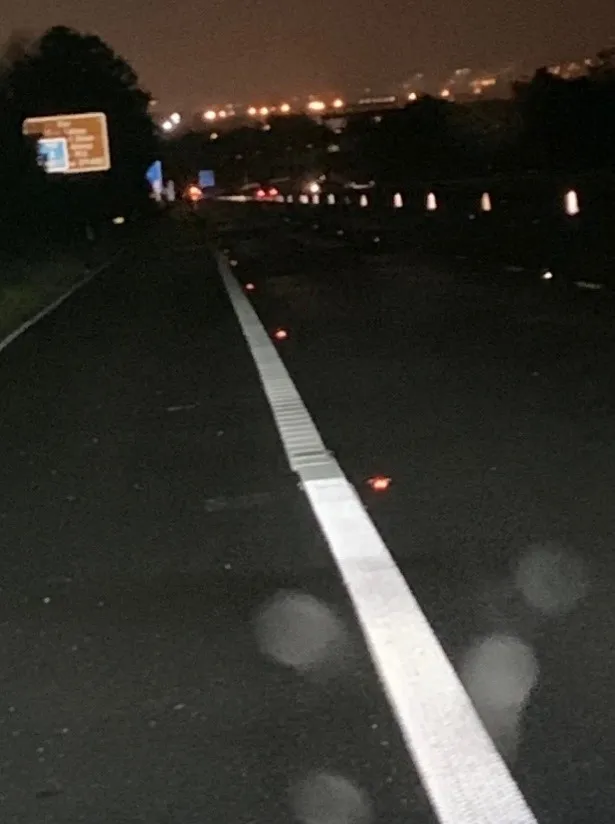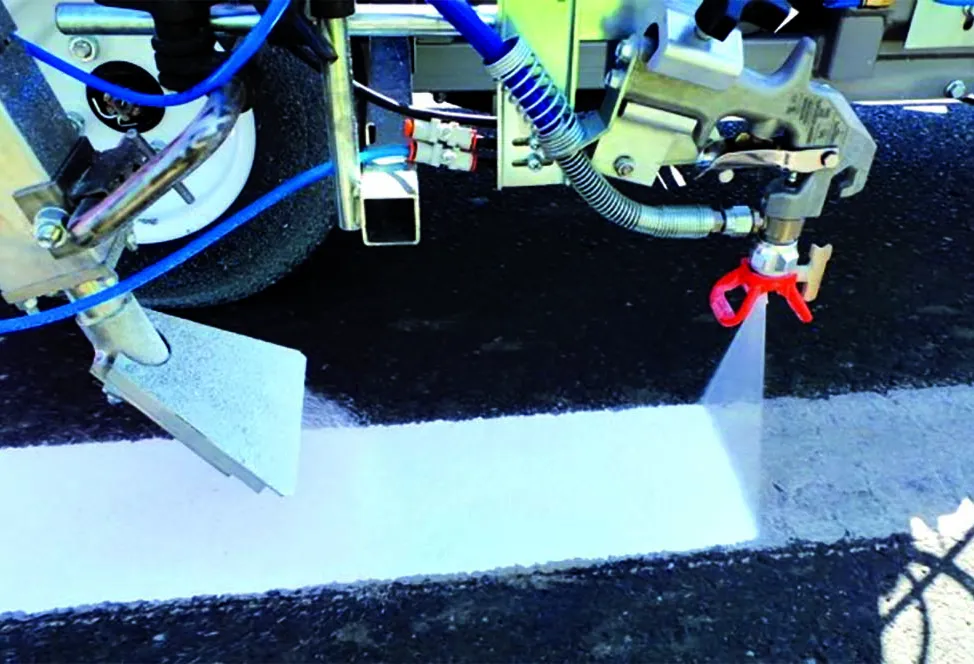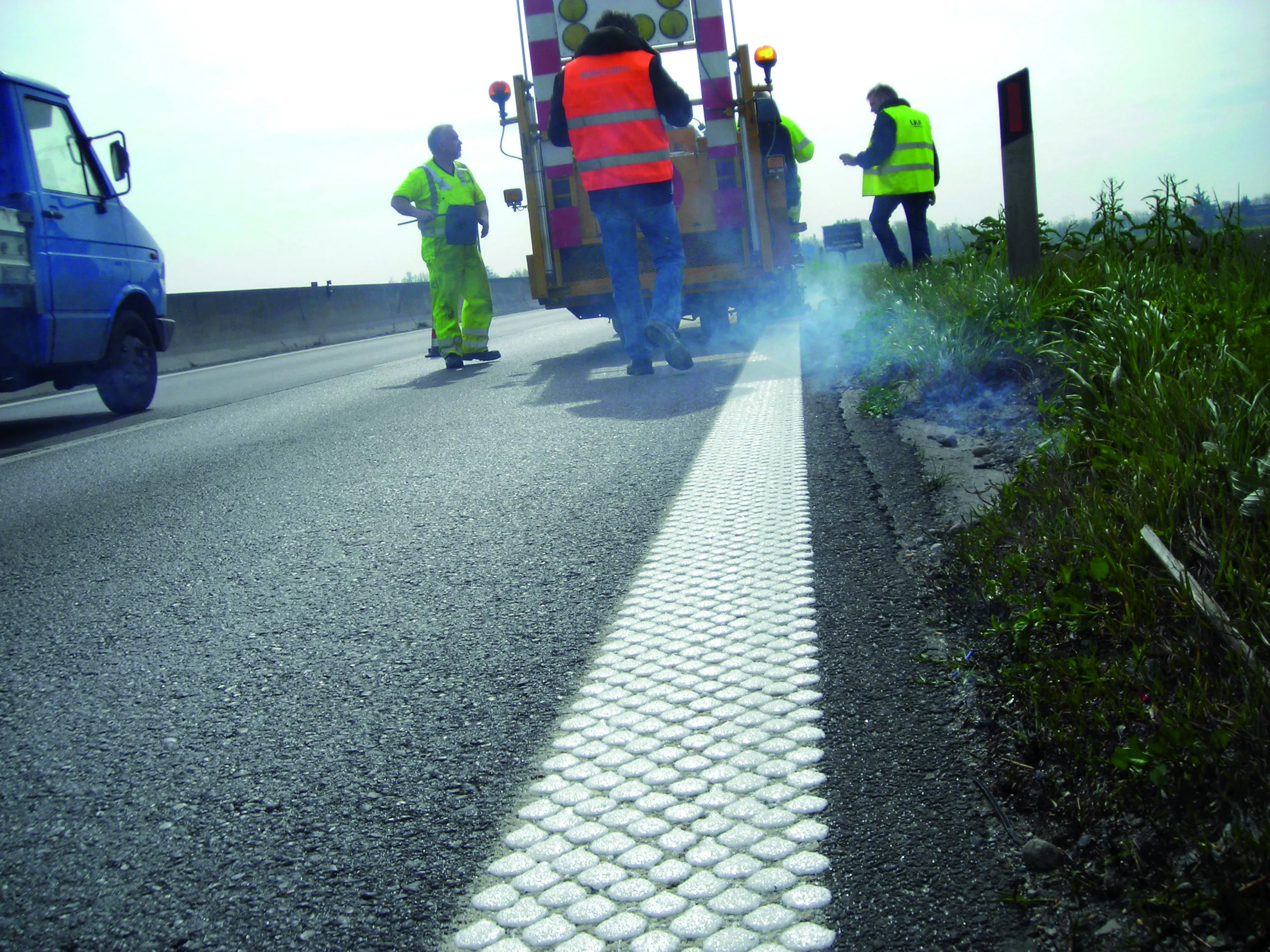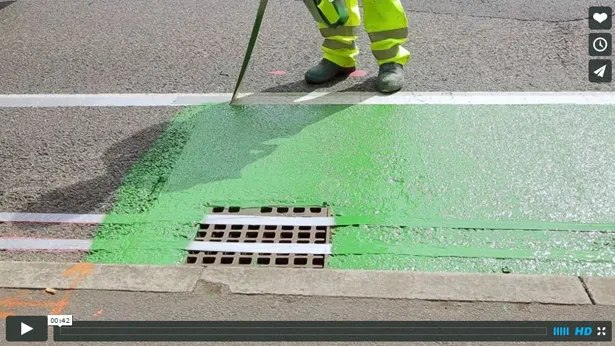
The highly durable feature of WeatherGrip, the coloured surfacing system from
As such, WeatherGrip meets the
WeatherGrip, part of WJ's WeatherLine range, is a cold applied coloured surfacing system based on two-part solvent-free methyl methacrylate (MMA) technology.
WJ applies the surfacing by spray or hand and it can be installed in reflective or non-reflective options. It also is fast curing, even at low temperature with areas to be treated typically open for use within one hour.
The result is a colour-fast skid-resistant demarcation for cycleways, bus lanes, traffic calming and other large and small highway and non-highway applications.
WeatherGrip can also be used to revitalise existing worn and faded surface markings providing a cost-effective colourfast highway maintenance solution.


